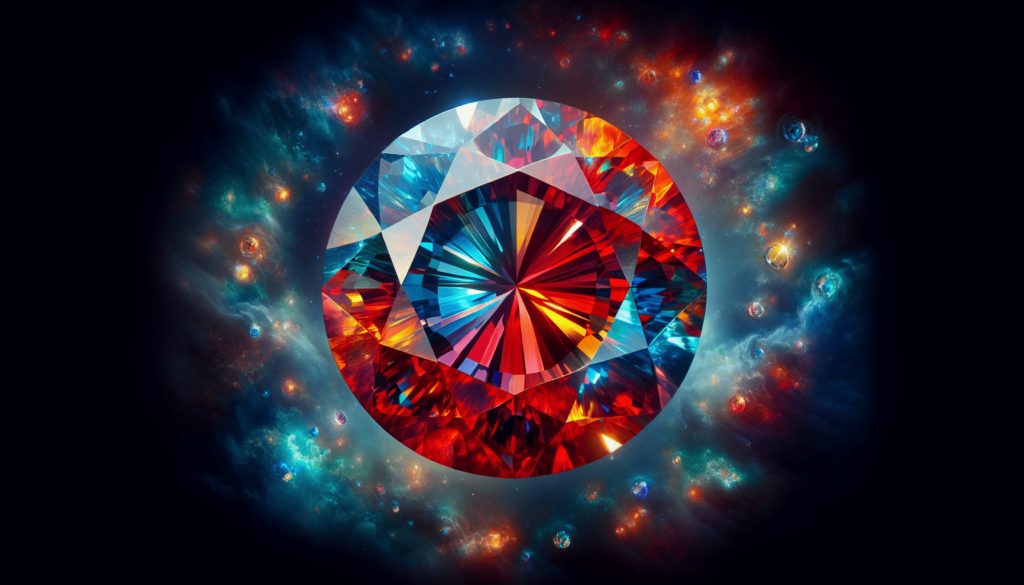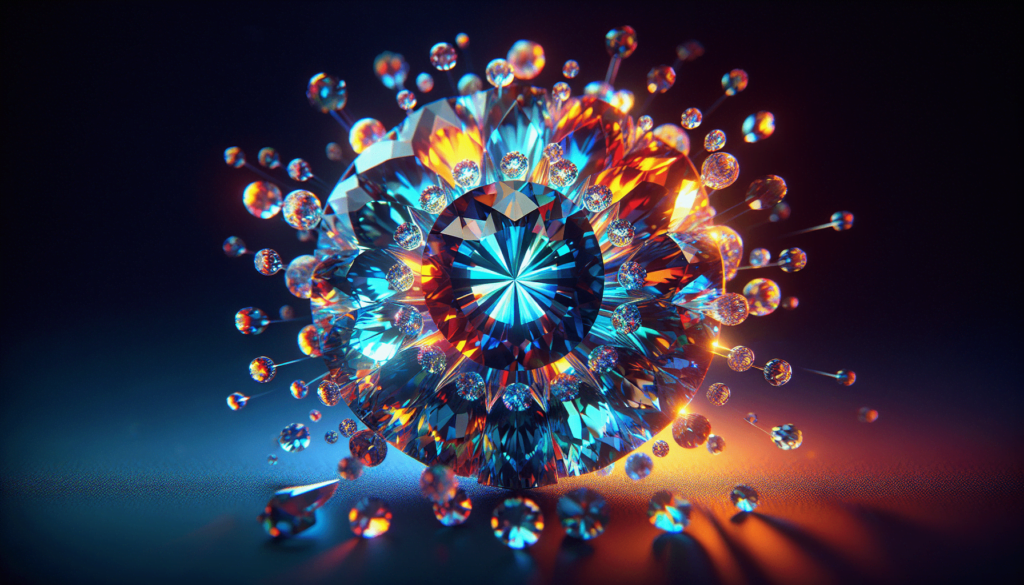Did you know that zircon is not just a manmade material, but actually a natural gemstone with a fascinating range of colors? From breathtaking blues to radiant reds, zircon offers a wide array of hues that can enhance any piece of jewelry. Despite its beauty, zircon remains underused in the world of jewelry design, making it a truly distinctive feature for those who incorporate it. It’s time we educate consumers about the unique properties of zircon and the value it can bring to their collection. Whether you’re captivated by the rare green zircon or prefer the more readily available blue and white variations, there’s a color and shape to suit every taste. And with its accessible price point compared to other stones, zircon is truly a gem worth considering.
Understanding Zircon
Zircon is a natural gemstone that is admired for its beauty and versatility. It is available in a wide array of colors, making it a popular choice for jewelry. One of the notable attributes of zircon is its birefringence, which gives it a unique optical quality. This means that when light passes through zircon, it splits into two rays, creating a stunning display of colors and brilliance.
Zircon vs Cubic Zirconia
It is important to understand the main differences between zircon and cubic zirconia, as these two gemstones are often confused. While zircon is a natural gemstone that is formed in the earth’s crust over millions of years, cubic zirconia is a synthetic material that is made in a laboratory. Zircon has a higher refractive index and greater brilliance compared to cubic zirconia. Additionally, zircon has a higher value in the market due to its rarity and natural origin.

Educating Consumers on Zircon
It is crucial to educate consumers about zircon to improve its popularity in the market. Many people are unaware of the unique properties and characteristics of zircon, which leads to confusion and misconceptions. By providing accurate information and highlighting the distinctiveness of zircon, consumers can make informed decisions and appreciate the true value of this gemstone.
Color Enhancement of Zircon
Zircon can undergo a heat treatment process to alter or enhance its color. Heat treatment is a common practice in the gemstone industry and is typically carried out to improve the appearance of gemstones. When zircon is heated, the chemical composition of the gemstone can change, resulting in a more vibrant and desirable color. This process allows for a wider range of color options in zircon, giving jewelry designers more versatility and creativity in their designs.

Zircon in Jewelry Design
Despite its unique properties and versatility, zircon is often underused in jewelry design. Many jewelers tend to opt for more popular gemstones, overlooking the potential of zircon. However, incorporating zircon into jewelry designs can add a distinctive touch and set the piece apart from others. Zircon’s natural beauty, combined with its wide range of colors, makes it an excellent choice for those seeking a unique and eye-catching piece of jewelry.
The Range of Zircon Colors
Zircon comes in a variety of colors, each with its own rarity and appeal. Green zircon is the rarest color and is highly sought after by collectors and enthusiasts. Blue and white zircons are more readily available and are often used as alternative options for sapphires and diamonds, respectively. Zircon also comes in other colors such as yellow, brown, and red, providing a wide range of options for jewelry design.

Different Shapes of Zircon
Zircon can be cut into various shapes to suit different jewelry designs. Common cuts include rounds, ovals, and cushions, which are popular for their classic and timeless look. However, for those seeking a more unique and modern design, hexagonal and emerald cuts are a great choice. These cuts showcase the brilliance and beauty of zircon, adding an extra element of elegance to the jewelry piece.
Zircon’s Price Advantage
One of the reasons why zircon is popular among consumers is its accessible price point. Compared to other gemstones with similar colors, zircon offers a more affordable option without compromising on quality. This makes it an attractive choice for those who want to own a beautiful gemstone without breaking the bank. Zircon’s affordability, coupled with its stunning appearance, makes it a favored choice for both jewelry enthusiasts and those looking for a memorable gift.

Pricing Variance in Zircons
The price of zircon can vary based on several factors such as size, quality, and color. Larger zircons often command a higher price due to their rarity and desirability. Higher quality zircons with minimal flaws and excellent color saturation also have a higher price tag. Additionally, different colors of zircon can have different price ranges. For example, blue zircon is known for its vibrant hue and can range in wholesale prices from $150 to $750 per carat based on its quality and size.
Harnessing Zircon’s Potential
To maximize the market visibility of zircon, it is important to capitalize on its unique properties for commercial success. Jewelers and gemstone retailers can play a significant role in educating consumers and showcasing the beauty and versatility of zircon. By highlighting its distinct attributes, such as its birefringence and range of colors, zircon can become a highly sought-after gemstone in the jewelry industry.

